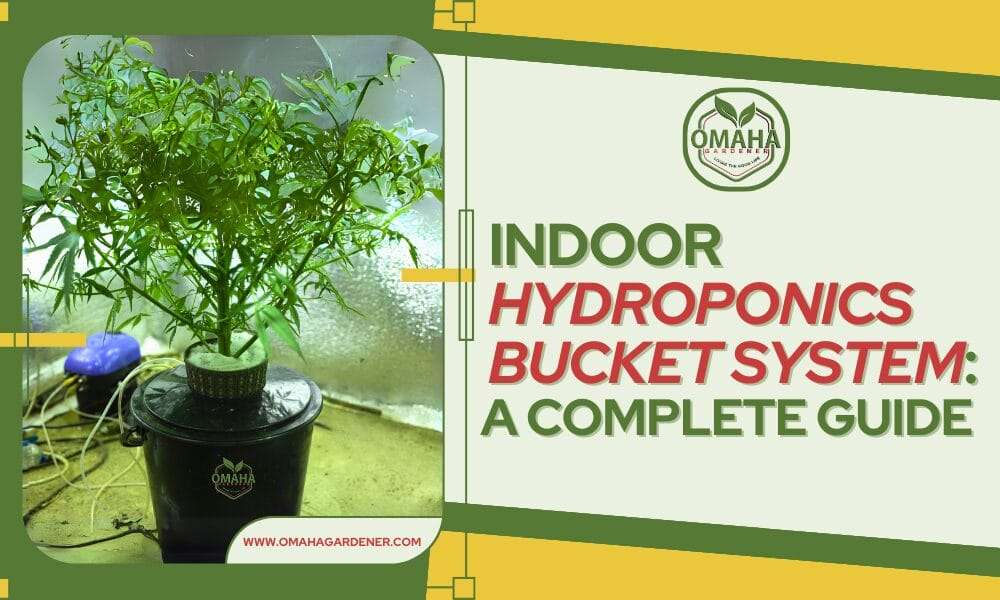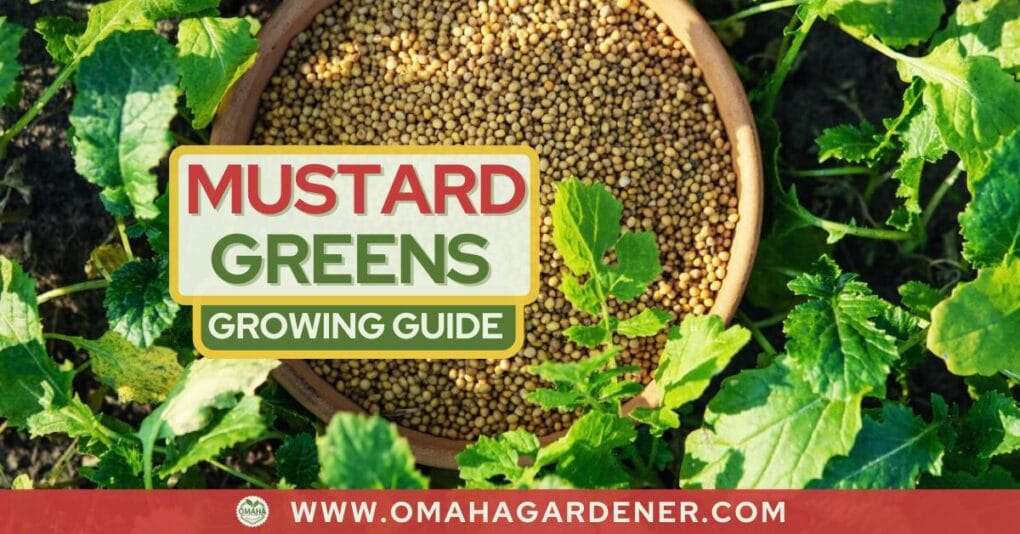Have you ever wondered what it's like to grow plants without a speck of soil and still end up with lush, vibrant greenery? If so, you've undoubtedly stumbled upon the fascinating world of hydroponics. In this comprehensive guide, we're going to unlock the secrets of hydroponic bucket systems and give you the lowdown on this innovative method of plant cultivation.
Whether you're a seasoned pro with a green thumb or a curious newcomer to the gardening scene, we've got everything you need to know to make your plants thrive in a hydroponic bucket system.
Table of Contents
Understanding Hydroponic Systems
Before we plunge into the details of hydroponic bucket systems, let's take a moment to understand the basics of hydroponics. Imagine a gardening world where traditional soil takes a backseat. In hydroponics, that's precisely what happens. Instead of soil, we use a precisely formulated nutrient-rich water solution to nourish our plants directly at their roots.
Why ditch soil, you ask? Well, hydroponics creates a carefully controlled environment for your plants. It's like giving them a VIP pass, ensuring they receive exactly what they need, precisely when they need it. No more guesswork or hoping for the best as they struggle in the ground. This tailored setup results in robust plant growth and, in the end, healthier and happier plants.
Now, let's talk about hydroponics in general. This innovative method of growing plants has taken the agricultural world by storm, and it's not hard to see why. Hydroponics offers precise control, efficient nutrient delivery, and outstanding results. Let's dive into the universe of hydroponic bucket systems and explore how they can elevate your gardening game.
Hydroponics Bucket System Components
These components work in harmony to create the ideal environment for plant growth in a hydroponic system, ensuring that your plants receive the right amount of nutrients and oxygen, ultimately leading to high yields. Regular monitoring and maintenance are essential to address and prevent common problems and ensure the system operates at its peak efficiency.
The 5-Gallon Bucket Reservoir
This component serves as the core of a hydroponic bucket system. The 5-gallon reservoir holds the nutrient solution that provides essential nourishment to your plants. It is vital to maintain the correct water level for several reasons. First, it ensures that the roots have constant access to the nutrient-rich water, promoting healthy growth. Second, the stability in the water level prevents issues like overwatering or underwatering, which can harm plant health and yield.
Common Problem: Water levels that are too low can lead to nutrient deficiencies and dehydration in plants. Conversely, water levels that are too high can restrict oxygen flow to the roots, causing root rot.
Solution: Regularly monitor the water level and use a float valve to maintain the desired height, keeping it at an optimal level for plant growth.
Net Pot Bucket Lids
These lids are where the real magic of hydroponics unfolds. Net pot bucket lids support your plants and their roots, allowing for optimal exposure to the nutrient-rich water. This setup creates the perfect environment for plant roots to thrive, promoting vigorous growth and higher yields.
Common Problem: Inadequate support for the plant roots can result in instability, leading to plants falling over or developing weak root systems.
Solution: Ensure that the net pot bucket lids are securely in place and provide sufficient support for your plants. Regularly check for any signs of instability.
Rockwool Cubes and Clay Pebbles
The choice of a suitable growing medium is crucial in a hydroponic system. Rockwool cubes and clay pebbles are popular choices for several reasons. They offer excellent support for plant roots, ensuring stability and promoting healthy growth. Additionally, these growing media provide proper aeration and drainage, preventing overwatering and root rot.
Common Problem: If the growing medium becomes too compacted, it can hinder root growth and water distribution.
Solution: Regularly inspect and fluff the growing medium to maintain proper aeration and prevent compaction. Replace any overly compacted material as needed.
The Drip Ring and Drip System
The drip ring plays a pivotal role in hydroponic systems by ensuring an even and consistent distribution of the nutrient solution across the growing medium. This precision is essential because it guarantees that each plant receives the correct amount of nutrients, which is critical for their growth and development.
Common Problem: Uneven nutrient distribution can result in some plants receiving too much while others receive too little, leading to uneven growth and lower yields.
Solution: Regularly inspect and clean the drip system to ensure it functions correctly. Adjust the flow rate as needed to achieve uniform nutrient distribution.
Air Stones and Air Pumps
Aerating the nutrient solution is a fundamental aspect of hydroponics. Air stones, when paired with a reliable air pump, infuse oxygen into the nutrient-rich water. This process creates an optimal environment for root growth and nutrient absorption. Adequate oxygen in the root zone is essential for plant health and high yields.
Common Problem: Inadequate aeration can lead to reduced oxygen levels, which can suffocate plant roots and result in poor nutrient absorption.
Solution: Regularly check and clean air stones, and ensure that the air pump is functioning correctly. Adjust the airflow to maintain proper oxygen levels in the nutrient solution.
The Hydroponic Nutrient Solution
In hydroponic gardening, nutrients play a vital role. Market-available nutrients such as the Flora Series Nutrients can make our hydroponic gardening much easier. The Flora Series Nutrients are a 3-part kit that contains everything your plants need for proper nutrition. These nutrients are formulated to provide essential elements in precise ratios, promoting healthy plant growth and high yields. They serve as the backbone of a successful hydroponic garden.
Common Problem: Despite the convenience, maintaining a fresh nutrient solution is also crucial and is a challenge. Consistently maintaining a fresh nutrient solution is crucial for your plants' well-being.
Solution: Regularly changing the solution ensures your plants receive the right balance of nutrients. It's also essential to monitor the nutrient solution's pH level to keep it within the optimal range for nutrient absorption.
Hydroponics Maintenance and Monitoring
The beauty of these systems lies in their low maintenance requirements, setting the stage for remarkable yields. When compared to the labor-intensive demands of traditional soil gardening, hydroponics lightens the load, sparing you the toil of weeding, endless watering, and battles against pests. This, in itself, makes hydroponic bucket systems a highly appealing option for both commercial growers and hobbyists. Here are some notes I gathered when it comes to hydroponics maintenance and monitoring.
- Low Maintenance, High Yields. One of the remarkable advantages of hydroponic bucket systems is their low maintenance requirements. Compared to traditional soil gardening, hydroponic systems demand less effort for tasks like weeding, watering, and pest control. This makes them an attractive option for both commercial growers and hobbyists.
- Float Valve and Water Level. To keep the water level in your 5-gallon reservoir consistent, consider using a float valve. This handy device ensures a stable environment for your plants, where water levels remain just right.
Achieving the Best Results in a Bucket System
- The Root Zone. Understanding the root zone is the key to success in hydroponics. Precisely delivering nutrients and oxygen to the roots ensures robust plant growth and high yields. Regularly inspect the condition of your plants' roots to catch any issues early.
- High-Value Crops. Hydroponic bucket systems are known for their ability to produce high-value crops, such as peppers and lettuce. Their precise nutrient delivery system and controlled environment can lead to bountiful harvests of top-quality produce.
- Check Valve for Optimal Airflow. To prevent water from flowing back into the air pump, consider installing a check valve in your system. This simple addition can protect your air pump from potential damage.
Read: Smelly Hydroponic Water? Here Are 10 Reasons Why!
FAQs
What are module units in hydroponics?
Hydroponic systems often offer modular units that simplify system setup. These stand-alone systems work well for both small and large plants. You can start with a single module and expand as your garden grows. It's the perfect choice for beginners and experienced growers.
What is the role of column support tubes in hydroponics?
To keep your larger plants stable as they grow, column support tubes are a handy addition to your hydroponic system. These tubes provide essential support and prevent your plants from toppling over.
What are Deep Water Culture Systems?
General hydroponic bucket systems offer Deep Water Culture (DWC) systems that suspend plant roots directly in the nutrient-rich water. This method promotes vigorous growth and efficient nutrient absorption, making it an excellent choice for high-value crops.
Conclusion
In the ever-evolving field of hydroponics, the opportunities are endless. Hydroponics continues to revolutionize the way we grow plants, and the results are nothing short of impressive. With the right knowledge and equipment, you can enjoy the benefits of hydroponic gardening, from healthier plants to bountiful harvests of high-value crops.
So, whether you're a commercial grower aiming for premium produce or a hobbyist looking for healthier plants, hydroponic bucket systems offer a path to gardening success. Start your hydroponic journey and watch your plants flourish in the world of soilless gardening.



